Yongdong Xu
UMMAN: Unsupervised Multi-graph Merge Adversarial Network for Disease Prediction Based on Intestinal Flora
Jul 31, 2024
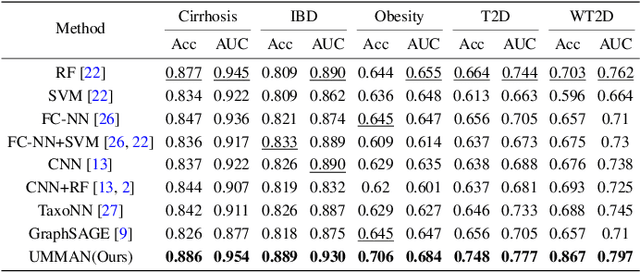
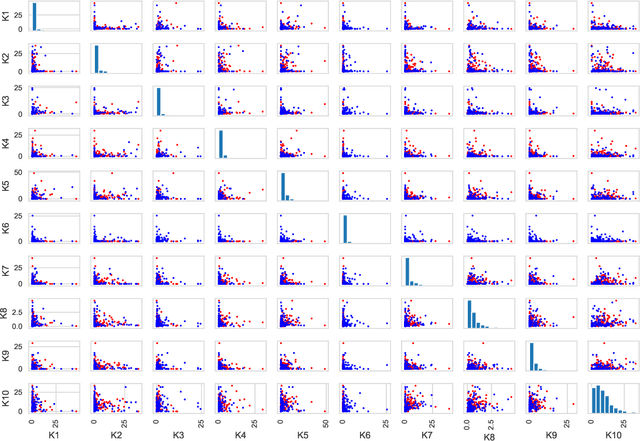
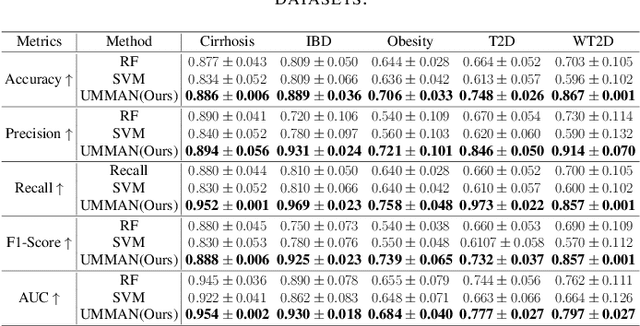
Abstract:The abundance of intestinal flora is closely related to human diseases, but diseases are not caused by a single gut microbe. Instead, they result from the complex interplay of numerous microbial entities. This intricate and implicit connection among gut microbes poses a significant challenge for disease prediction using abundance information from OTU data. Recently, several methods have shown potential in predicting corresponding diseases. However, these methods fail to learn the inner association among gut microbes from different hosts, leading to unsatisfactory performance. In this paper, we present a novel architecture, Unsupervised Multi-graph Merge Adversarial Network (UMMAN). UMMAN can obtain the embeddings of nodes in the Multi-Graph in an unsupervised scenario, so that it helps learn the multiplex association. Our method is the first to combine Graph Neural Network with the task of intestinal flora disease prediction. We employ complex relation-types to construct the Original-Graph and disrupt the relationships among nodes to generate corresponding Shuffled-Graph. We introduce the Node Feature Global Integration (NFGI) module to represent the global features of the graph. Furthermore, we design a joint loss comprising adversarial loss and hybrid attention loss to ensure that the real graph embedding aligns closely with the Original-Graph and diverges from the Shuffled-Graph. Comprehensive experiments on five classical OTU gut microbiome datasets demonstrate the effectiveness and stability of our method. (We will release our code soon.)
Adaptive Prompt Learning-based Few-Shot Sentiment Analysis
May 15, 2022
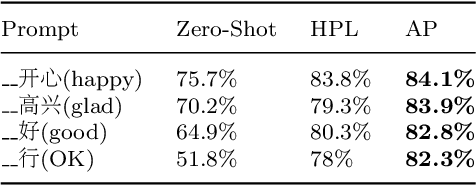
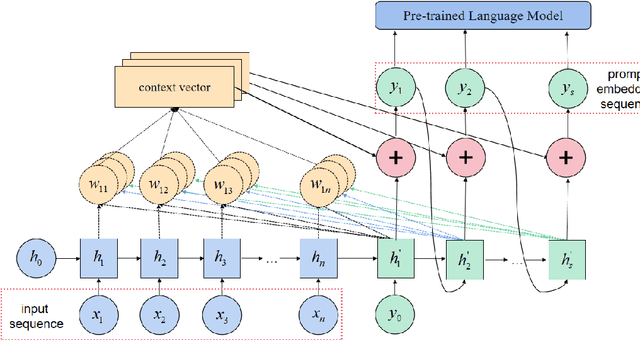

Abstract:In the field of natural language processing, sentiment analysis via deep learning has a excellent performance by using large labeled datasets. Meanwhile, labeled data are insufficient in many sentiment analysis, and obtaining these data is time-consuming and laborious. Prompt learning devotes to resolving the data deficiency by reformulating downstream tasks with the help of prompt. In this way, the appropriate prompt is very important for the performance of the model. This paper proposes an adaptive prompting(AP) construction strategy using seq2seq-attention structure to acquire the semantic information of the input sequence. Then dynamically construct adaptive prompt which can not only improve the quality of the prompt, but also can effectively generalize to other fields by pre-trained prompt which is constructed by existing public labeled data. The experimental results on FewCLUE datasets demonstrate that the proposed method AP can effectively construct appropriate adaptive prompt regardless of the quality of hand-crafted prompt and outperform the state-of-the-art baselines.
 Add to Chrome
Add to Chrome Add to Firefox
Add to Firefox Add to Edge
Add to Edge